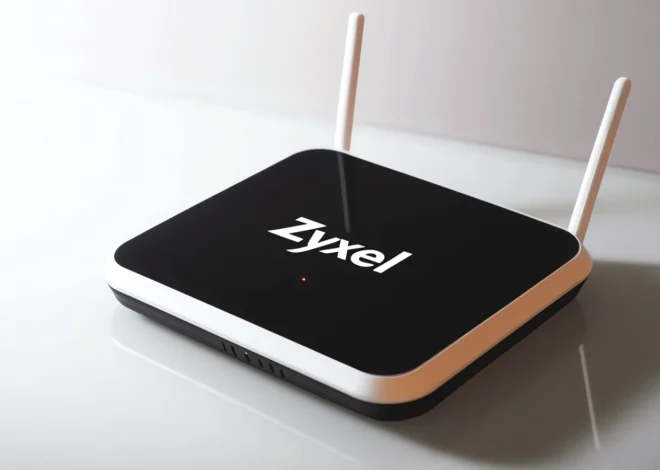
Android 15 Update: When Is It Coming to Your Phone?
The early versions of Android 15 are already out, giving us a sneak peek at the exciting features and enhancements coming to our devices. However, it’s only the stable build that promises to unleash the full force of the next Android version.
Google follows a three-step strategy for the Android OS release, and that applies to Android 15 as well. First, we have developer preview builds, followed by more public beta releases, and finally, the stable build is out for the public.
Google has already released the Android 15 timeline, and it’s very similar to Android 13 and Android 14. Let’s dig deeper through the official timeline to know when the stable build is coming out for the public.
Android 15 Release Timeline
The first phase, developer preview, began on February 16, 2024, when we had the first official look at Android 15. The second build arrived next month, revealing more details about the new OS.
These developer preview builds are intended for developers, as they might be highly unstable and contain many non-working features.
After two developer builds, Google announced the first beta release in April, allowing anyone to try out the new features and changes before the official release. Multiple beta builds are already out, with the latest one being Beta 2.2, which went live on June 3.

According to the official timeline, we will have Android 15 Beta 3 this month and Beta 4 near July-August. There will be a few incremental beta releases in between. By the time Beta 4 is out, the new OS gets closer to its final testing for the official release.
Here’s a quick look at the important dates:
- Android 15 DP1 — February 16, 2024
- Android 15 DP2 — March 21, 2024
- Android 15 Beta 1 — April 11, 2024
- Android 15 Beta 1.1 — April 22, 2024
- Android 15 Beta 1.2 — April 25, 2024
- Android 15 Beta 2 — May 15, 2024
- Android 15 Beta 2.1 — May 20, 2024
- Android 15 Beta 2.2 — June 3, 2024
Google doesn’t reveal the month for the stable release of its upcoming OS. However, Android 15 is likely to follow last year’s pattern, as reports believe that it could be released alongside the Pixel 9 series in October.
So, we’re still a few months away from the official release. However, smartphone brands, including OnePlus, Xiaomi, Vivo, Oppo, and Realme, are giving access to Android 15 beta on select devices.
Android 15 Rollout: What to Expect?
Google Pixels are generally the first ones to receive the latest Android OS update. In fact, they receive the update as soon as the stable build is announced.
Other smartphone brands, such as Realme, Samsung, Vivo, Oppo, and OnePlus, take additional time to polish their custom skins to work smoothly with the latest OS. It can take a few days to weeks. Most of them are already offering Android 15 beta to select devices. However, the stable build is likely to start rolling out around November.
As always, newer flagship phones will be the first to receive the latest OS, followed by mid-range and budget devices.
Android 15 Features
1. App Archiving: It lets you unarchive apps to save storage while keeping the user data around. So far, this feature has been limited to apps installed from the Play Store, but Android 15 integrates this feature at the OS level, allowing archiving/restoring of any apps, even those installed outside of the Play Store.
2. Improved Health Connect: The new OS includes new data types across fitness, nutrition, and more. Beta 2 brings skin temperature and training plans as additional data types.
3. Private Space: It protects your sensitive files and apps with an additional layer of security. This is similar to the Secure Folder on Samsung phones. This new feature creates a separate space hidden from the regular space.
4. Partial Screen Sharing: Another useful feature in Android 15, which lets you share or record a single app rather than the entire screen.
5. Notification Cooldown: This new feature prevents users from getting overwhelmed by successive notifications from the same app by lowering the volume.
6. App Pairs: Android 15 will allow users to save their favourite split-screen combination for quicker access. A shortcut will be created on the home screen to instantly open both apps in the split-screen mode.



